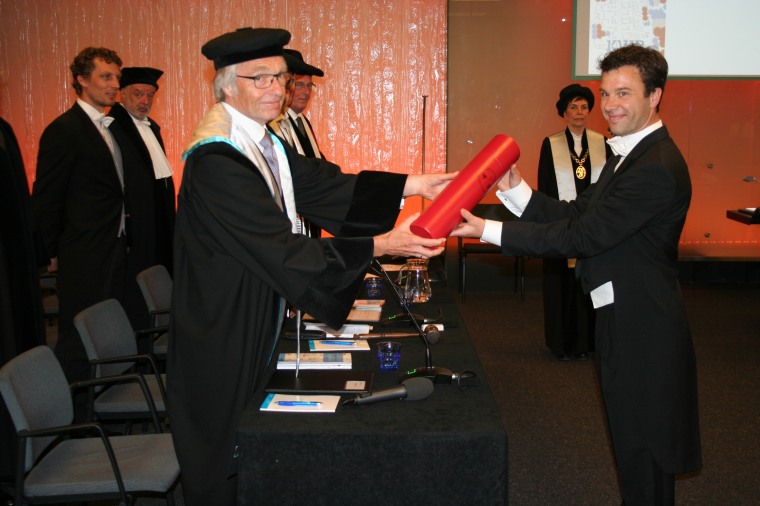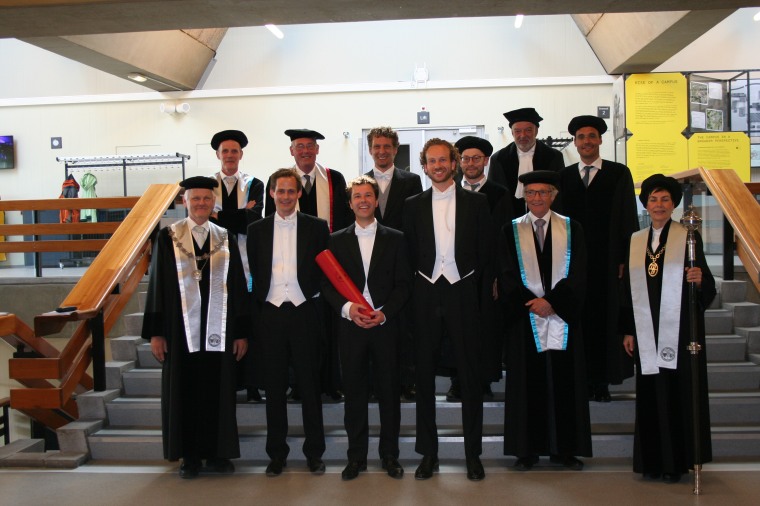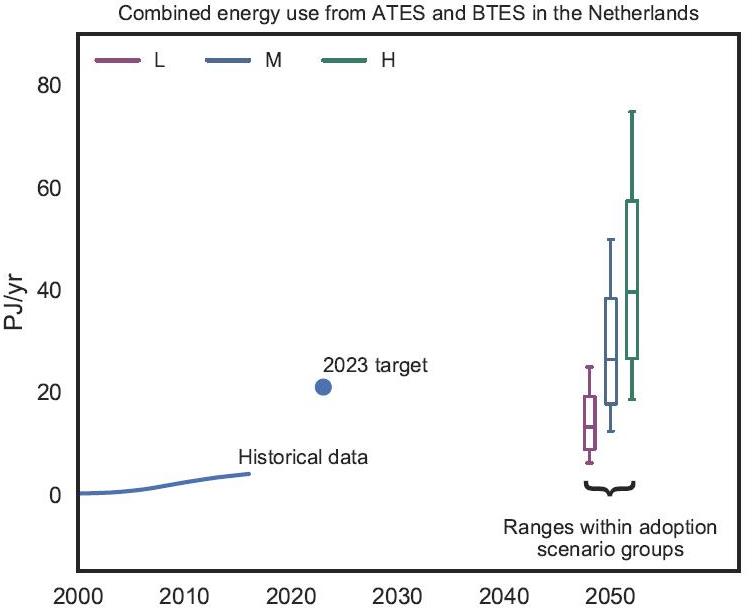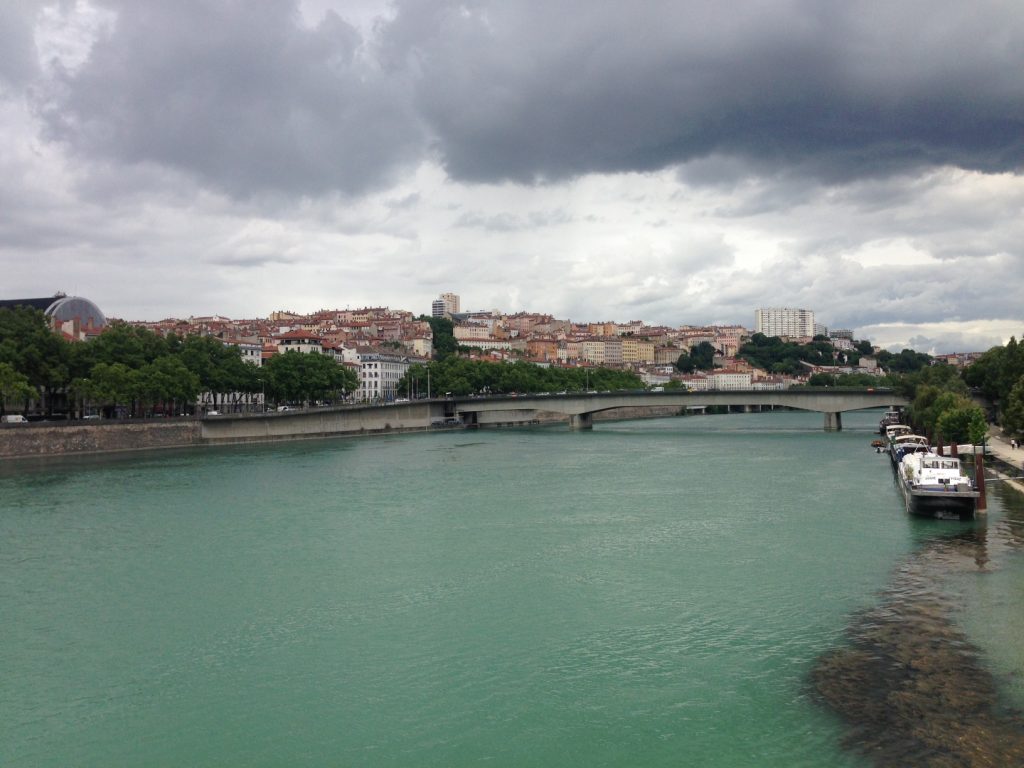Recently I read an article (in Dutch) about the power of repetition. Currently, innovation is the most important thing; everybody wants it. But in daily life, innovation is only a minor part of what is going on in the world. By far, most of our needs are fulfilled with repetitive activities. To name some of the most important ones: collecting trash, treating sewerage water, curing diseases etc.. Therefore, I agree with the authors’ view on the overrated value of innovation in current society and see some parallels for the development of High Temperature ATES. Yes, surely innovations are needed, but useful/successful innovations can only be identified when you have experience, and the latter is what we still miss with this technology.
Why do we like innovations so much? Doing stuff for the first time is exciting: riding a bike, skiing, doing an escape room, building an HT-ATES system, it doesn’t matter, doing it for the first time is fun! But truly mastering those activities takes experience, and experience only comes with practice. Riding a bike and skiing on its own are complex activities which require coordination, balance, agility and stamina. Once you master those, the conditions under which you carry out these activities vary: different roads/slopes, other traffic/skiers and varying weather/snow conditions. Before you can bike or ski on your own, it takes a lot of practice, but even then the most experienced biker or skier my fall or crash, due to a moment of inattentiveness or external factors.
With building an HT-ATES system, this is more or less the same. Making these systems requires a thorough understanding of (among others) well design, geo (hydro)logy /chemistry, exergy, mechanical engineering, thermodynamics, fluid flow (through porous media). But since demand/supply conditions at surface, as well as subsurface conditions, are always different, we need experience under various conditions to sutilise our technical skills/knowledge for successful applications of these systems to its full potential.
The reason why I put this forward in this column is that the current expectations on geothermal energy technologies for the energy transition are so high that everybody is talking about upscaling. After all, the deadline for the energy transition is already in 2050! But we have so little experience with some of these systems that we cannot know to what extend these expectations are justified and which innovations are needed to actually utilise the technical potential.
Experience
For the BTES and low temperature ATES systems, we already have quite a lot of experience, 50,000 and 3,000 systems running respectively. As a result, we are now identifying improvements, e.g. regarding drilling and completion, high density use of subsurface space and optimal design and operation of building installations. This clearly illustrates that we first need experience, giving us a thorough understanding of the functioning of these systems, which then allows us to identify where chances for improvements/solutions are. Other examples are the recent technologies we’ve put forward in managed aquifer recharge. Experience with wells and the fresh-saline water interaction for the drinking water companies in the dunes allowed us to come up with systems for greenhouses to buffer fresh water in saline aquifers. Again, repeated application and experience allowed us to identify innovations.
HT-ATES
Before going large scale with HT-ATES, we also need experience. This technology is technically much more complex than LT-ATES and BTES, and inherently more different fields of expertise are needed to build and operate them. So, before talking about the innovations needed for up-scaling, let’s get more experienced.
Learning to ride a bike
When learning to ride a bike, we start with balance bikes, tricycles and training wheels. With HT-ATES we need to ride some mileage with training wheels, i.e. pilot/research projects. Therefore, we need to have multiple pilots with extensive monitoring and research. National government and provinces think HT-ATES is important for the energy transition, but have no clear vision on the development of HT-ATES. I advocate coming-up with a plan to have multiple well monitored and researched pilot projects on HT-ATES across the Netherlands. The results of these projects can be used to technically improve HT-ATES, assess its impact and function in energy systems and identify suitable legislation.
To be clear, this column is not meant to temper the high expectations for HT-ATES for the energy transition. But it is a plea to invest in them. Large scale heat storage will be crucial to decarbonise heating. Therefore we have to do this the right way. At the start of this development, we now have one chance to make an extra effort to gain extra information to make sure we learn something from each project, which then allows us to improve. Nothing is more killing for a new technology or product than the failure of the first couple of prototypes! Lets make sure we make them a success!














